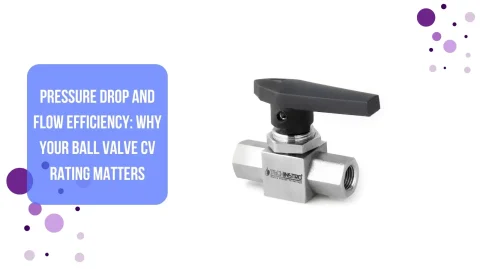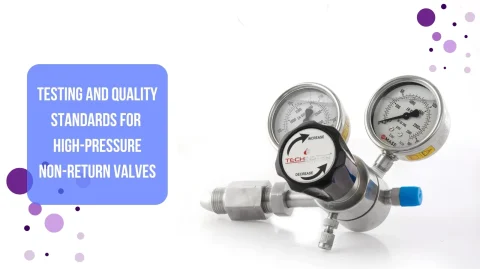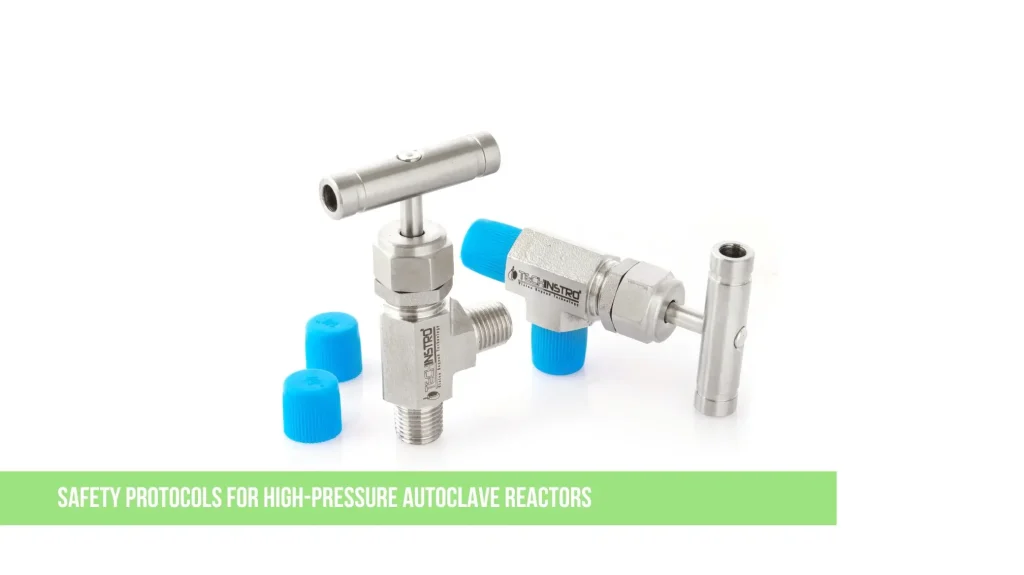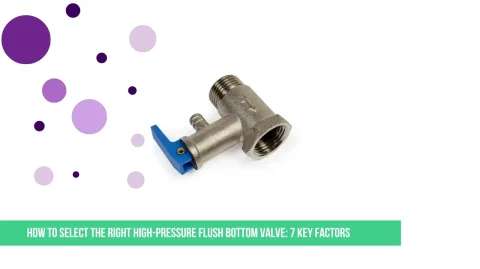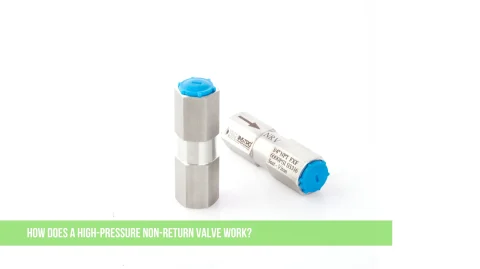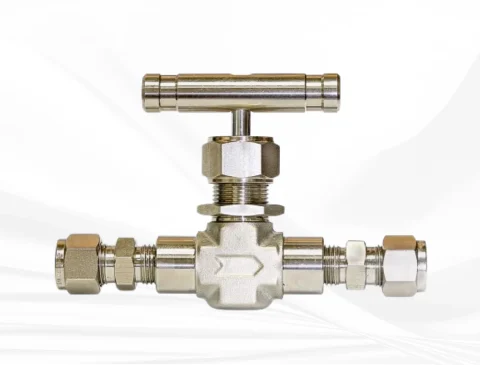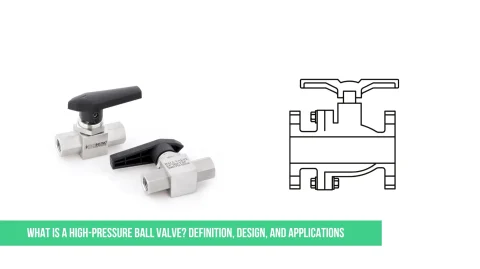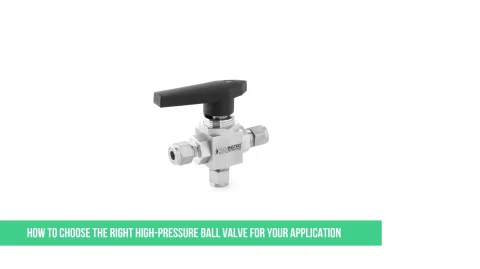High-pressure reactors operate under extreme conditions—intense pressure, corrosive chemicals, and high temperatures. The valves and fittings that control these systems are critical to safety, efficiency, and longevity. A single weak point can lead to catastrophic leaks, contamination, or even explosions.
Ball Valves
- Best for: Quick shut-off, moderate pressures (up to 10,000 psi)
- Pros: Low maintenance, fast operation
- Cons: Not ideal for throttling or abrasive fluids
- Materials: 316SS, Hastelloy, titanium
Needle Valves
- Best for: Precise flow control in sampling or instrumentation lines
- Pros: Fine adjustment, leak-tight sealing
- Cons: Slow operation, not for slurries
- Materials: Alloy 600, Monel
Check Valves
- Best for: Preventing backflow in pump lines
- Pros: No external actuation needed
- Cons: Can fail if debris blocks the seat
- Types: Swing, lift, dual-plate
Safety Relief Valves
- Critical for: Overpressure protection (ASME Section VIII required)
- Types: Spring-loaded (reusable) and Rupture discs (one-time burst)
Diaphragm Valves
- Best for: Ultra-pure or corrosive fluids (e.g., pharma, HF acid)
- Pros: No packing leaks, easy sterilization
- Cons: Limited pressure range (~1,500 psi)
Material Selection Guide
Stainless Steel (316/316L)
- Suitable for: Water, steam, mild acids
- Weakness: Fails with HCl, chlorides
Hastelloy (C-276, C-22)
- Suitable for: Sulfuric acid, seawater, oxidizing agents
- Titanium (Grade 2, Grade 5)
- Suitable for: Chlorine, nitric acid
- Danger: Avoid hydrofluoric acid (HF)
Tantalum
- Suitable for: ALL acids (even boiling HCl/HF)
- Limit: Brittle, expensive
PTFE-Lined
- Suitable for: Extreme corrosion (but low temp/pressure)
Top Valve & Fitting Failures (And How to Avoid Them)
Thread Galling
- Cause: Metal friction during assembly
- Fix: Use anti-seize lubricant (e.g., nickel-based)
Seal Degradation
- Cause: Chemical attack on O-rings (Viton®, Kalrez®)
- Fix: Match elastomer to fluid (e.g., FFKM for aggressive chemo)
Stress Corrosion Cracking
- Cause: Chlorides + tension
- Fix: Use duplex steel or nickel alloys
Cold Flow Leaks
- Cause: PTFE seals creeping under pressure
- Fix: Use metal-backed seals
Improper Torque
- Cause: Under/over-tightening
- Fix: Follow manufacturer’s specs (use a torque wrench)
Future Trends
- Smart Valves: IoT-enabled leak detection
- Self-Sealing Coatings: Automatically repair micro-leaks
- 3D-Printed Custom Fittings: Optimized flow paths
Buy High-Pressure Reactor Valves & Fittings:
